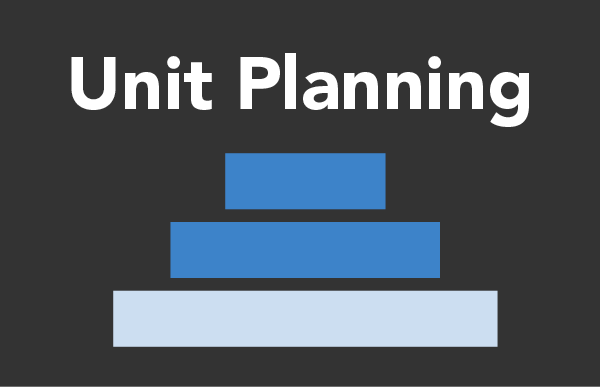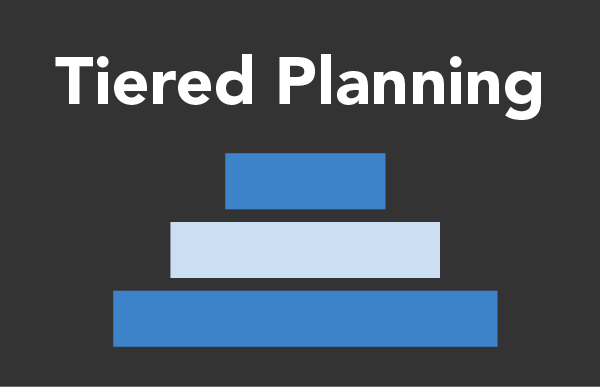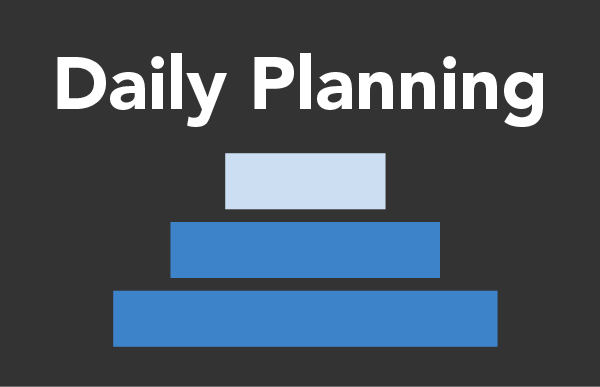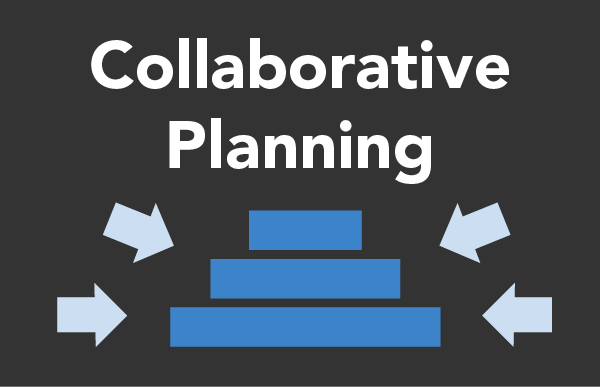Planning to Meet the Needs of All Learners
Important Concepts:
- Planning for ALL students means that "tiers of supports' and instructional methods will be needed
- Pre-planning directly aligns learning targets and standards to instruction and assessment
- Planning should address and include both pre and post assessments, ensuring they are universally designed and tiered so all students can show what they know
- Student specific accommodations, assistive technology (AT), and scaffolds should be included in tiered plans to ensure that individualized education program (IEP) requirements are met
- Look to Science and Social Studies standards as they contain concepts that can guide unit themes at each grade level or grade band
- Identify tools and materials for each lesson in advance so that they can be gathered and/or created ahead of time
Self-Check:
- Are pre and post assessments accessible to all students so that they can each show what they know?
- Are materials used in teaching each lesson individualized or adapted to meet the learner's needs/challenges and strengths?
- Is the activity aligned to learning standards that are an age/grade match for all learners in the class?
- Does the assessment measure student knowledge of the pre-determined learning target/standard?
- How might having a plan change the outcomes for one or more students in the class?
- Why are some students not participating or engaged in class activities? Could access to prepared materials change their ability to participate?




